- Home
- slideshows
- miscellaneous
- 7 signs your neighborhood is gentrifying
7 signs your neighborhood is gentrifying
If the city suddenly starts putting a lot of money into your neighborhood's roads, it may be a sign that gentrification is in process.

When landlords start to refurbish older apartments, the neighborhood might be gentrifying.
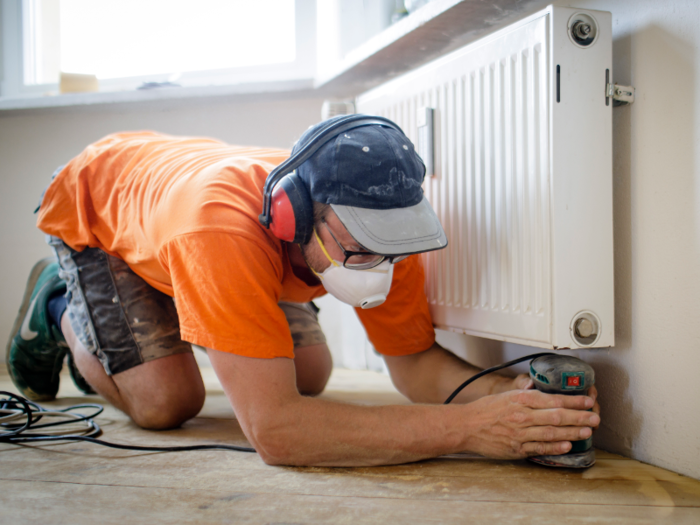
These newly renovated apartments often have stainless steel appliances, a new coat of paint, and hardwood floors. Goldson said these former "tenements are now rebranded as 'luxury rentals.'"
As a result, the landlord likely increases the rent, prompting many of the original tenants to move out because they cannot afford the higher rent. Some parts of the country are trying to curb the effects of renovated apartments, like Washington where 10% of all renovated and new buildings need to be affordable housing.
As renovations cause increased rent, property values also increase in a gentrifying neighborhood.
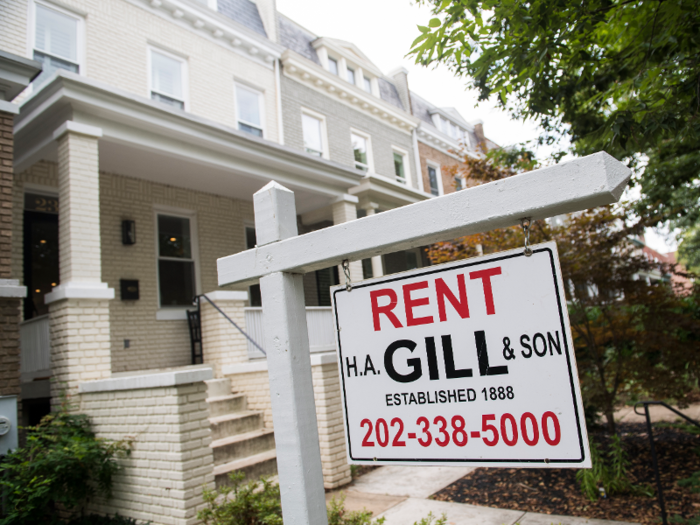
The real estate market changes dramatically as a neighborhood gentrifies. Property values increase dramatically as gentrification spreads throughout the neighborhood, often pushing rents higher and higher. Rental units sometimes become condos for sale.
"With gentrification, the city has a considerably higher tax base for both residents and businesses," Goldson told Business Insider.
If your neighborhood is rapidly becoming more diverse, it's probably because of gentrification.
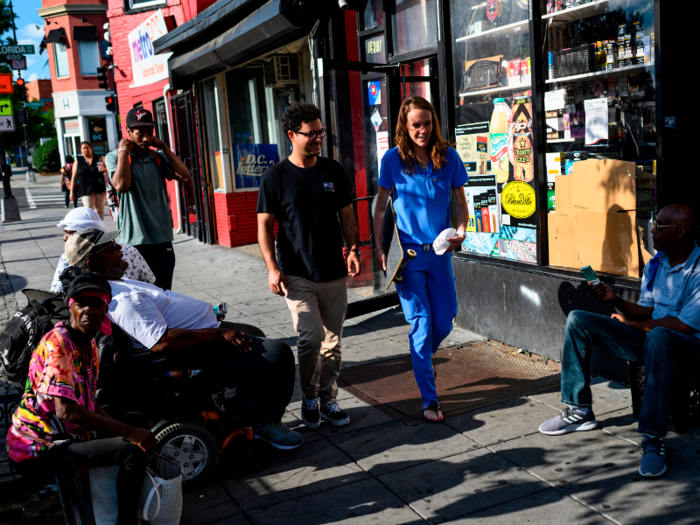
Although gentrification does push minorities out of their neighborhoods, there is evidence that some remain, creating a more diverse neighborhood. A study from Columbia University found that gentrifying neighborhoods have more diversity in race, in education, and in income.
"It is found that gentrification does not decrease neighborhood-level diversity," the study reads. "The evidence on whether gentrification precedes increased levels of neighborhood-level diversity is more mixed. Depending on the outcome and the metric of gentrification used, there are some instances where gentrification appears to lead to increased diversity."
As a neighborhood gentrifies, there will be an increase in coffee shops and specialty shops.
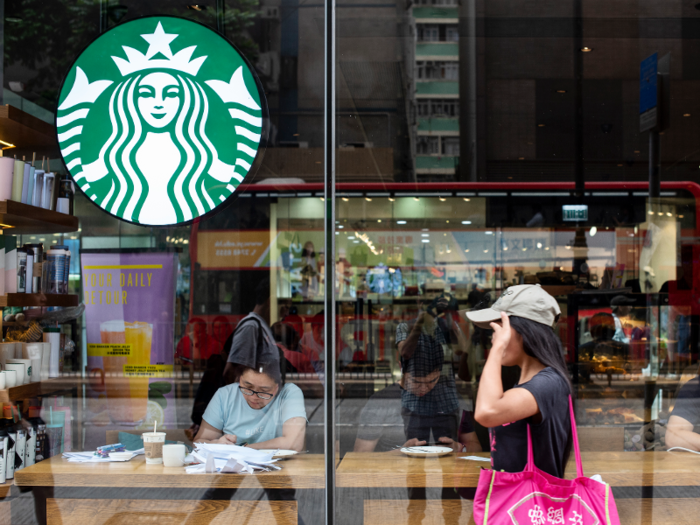
When art galleries open in the neighborhood, it's another sign of gentrification.
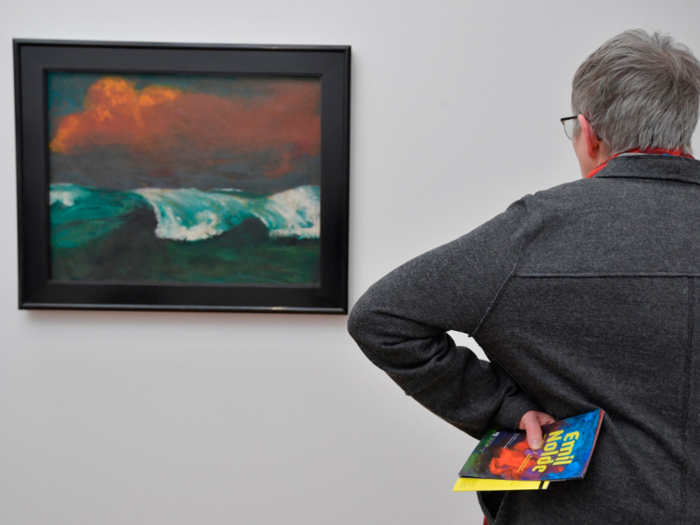
A gentrified neighborhood has easier access to Ubers and Lyfts, plus more expensive cars can be seen on the streets.
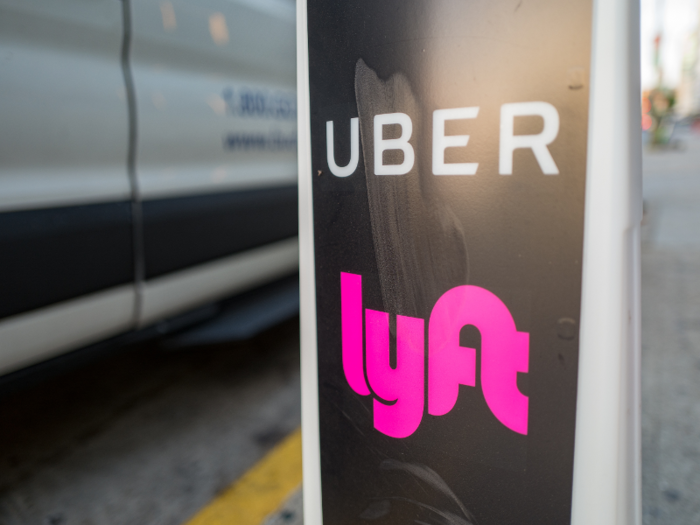
In far-to-reach areas, it may be difficult to get an Uber or Lyft. But as a neighborhood gentrifies, these car share apps may become more accessible as people come to the neighborhood.
"Though public transportation is available and nearby, the influx of new residents puts a strain on the system," Goldson said. "For this reason, more residents prefer a faster option such as Uber."
You may not only be seeing more Ubers on the road but also more expensive cars, as a different class moves in with higher salaries.
- Read more:
- The battle over gentrification is heating up around the US
- Stopping gentrification could be harder than people think
- 'Gentrification' may be re-segregating American communities
- Photos show how Seattle's favorite businesses vanished after Amazon showed up — and it could be an omen for the HQ2 city
Popular Right Now
Popular Keywords
Advertisement